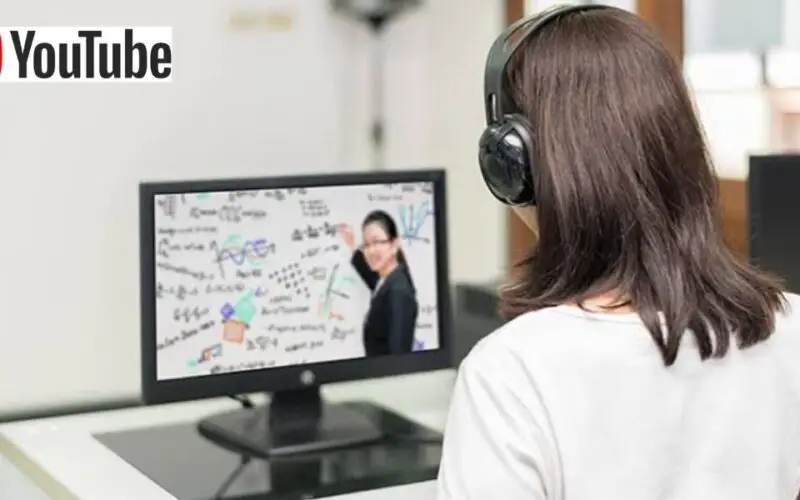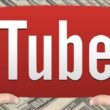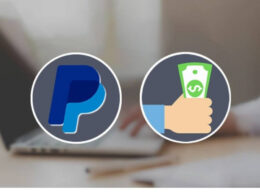Creating an educational YouTube channel is simple, but growing it requires dedication.
The growing part is the reason why so many quit youtube after a while.
This is something I do not desire for you which is why I will guide you on exactly how.
Because it makes a difference in students’ lives, I want a big number of professors to teach on social media platforms like YouTube.
This is why I’ve made it my mission to introduce teachers to YouTube and help them succeed.
I’m Daniel Umeh.
In this post, I’ll provide you thirteen strategies to help you grow an educational YouTube Channel.
1. Begin with a single topic
A subject has numerous themes, and a course has multiple subjects.
You can teach a variety of things in a course as a teacher.
I recommend that you start with one subject and, once you’ve mastered it, move on to teaching another.
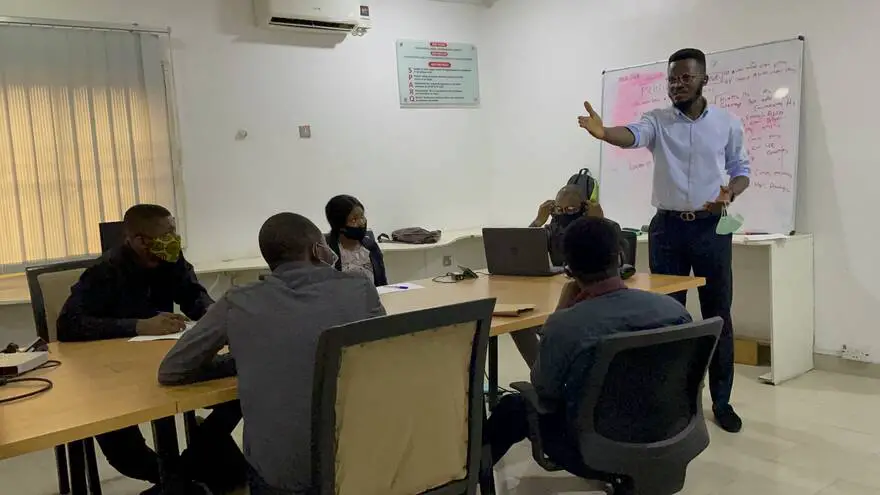
- Why shouldn’t you try teaching a course?
In a computer science course, you may teach computer networking and programming, for example.
If you start releasing videos for both subjects when you first establish your educational YouTube channel, your audience will find it difficult to stick with you.
Starting with a single subject sends a strong message to your audience that if you want to understand that subject, you are the right person to ask.
Once you’ve mastered one subject, you can always go on to another.
- Why not begin by introducing a concept?
A topic is a subset of a larger subject.
In less than ten videos, a topic may be covered.
This implies we’ll only do 10 videos.
In my experience, ten videos are insufficient to establish an effective educational channel.
2. Create content that is exclusively for a certain group of people
Even if you’ve decided on a single topic for your educational YouTube channel, it’s critical to additionally choose your target audience.
You can, for example, teach Class XII mathematics to two separate audiences: students in Class XII and students preparing for the IIT-JEE.
The preparation, presentation, and amount of information vary depending on the target audience, which is why it is critical to identify your target audience before you begin developing content.
3. Establish a foundation of trust
When you’re creating an educational channel, your viewers are putting their faith in your content.
Your audience believes that your advice, information, and lessons will be accurate and thorough enough to help them acquire a new skill or solve a problem.
The importance of establishing this trust early on cannot be overstated.

There are a few options for getting started on the right foot.
- Make reasonable expectations.
Setting realistic expectations with your audience is one approach to gain their trust.
There is no way to ignore the reality that teaching an audience about entrepreneurship will be difficult, whether it is launching your first internet store or growing an existing business.
Explain how and why this procedure will be time-consuming and challenging to your audience.
Share your personal failures as well as how long you and your classmates took to acquire this skill.
You must put in the effort regardless of the size of the opportunity.
Your audience will anticipate problems and exercise patience rather than quitting up out of irritation if you are honest and set reasonable expectations.
- Transparency is essential
Transparency is another approach to establish trust with your audience.
You may have the chance to collaborate with products or services that enhance your audience’s experiences as you expand up your channel.
This is fantastic!
However, if you get monetary rewards or any other type of advantage from these third-party groups, you must declare these relationships.
This informs your audience that you’ve formed a partnership, allowing them to make their own informed decisions about whether or not to use the promoted product or service.
“I respond to my audience as if I were sitting with a good buddy, helping them establish their own business,” Anton adds.
“Be truthful to yourself and your audience.
If you say and do things only for the sake of gaining views, your channel will eventually lose its integrity and crash and burn.”
Taking it a step further, only collaborate with businesses with whom you truly like working and who share your channel’s ultimate goals.
This way, you may discuss your own product experiences, and your audience will be utilizing a product that will help them achieve their own goals.
Partnering with organizations that match with your channel’s ultimate aim and letting your audience know when you’re doing so can help you be more open with your audience.
4. Produce a minimum of 100 videos
By now, I’m sure you understand the significance of choosing a topic and determining your target audience.
After you’ve completed both of these steps, begin creating content and don’t stop until you’ve produced 100 videos.
Yes, it may sound insane and time-consuming, but you must do it if you want to be successful.
Students desire a comprehensive bundle because they believe that only such a product would enable them to attain their objectives.
This is why it’s critical to develop all of the content for your educational YouTube channel on the subject you’ve chosen.
You will win the trust of your pupils and achieve achievement in this manner.
5. Choose a video style for your topic
Make sure you film 3-4 videos for your content and get them approved before moving on to the third step.

You may enhance the quality of your educational videos by soliciting feedback from students, other instructors, and someone with video production experience.
Reviewing your first 2-3 videos will assist you in producing 100 high-quality videos, and students demand high-quality videos in this day and age when nearly everyone is producing them.
6. For the first 100 videos, don’t modify your video style.
Please keep in mind that every student has a distinct learning style, and students that subscribe to your channel may have done so because of your video production style.
You risk losing subscribers if you continually altering your video style.
So, during the first 100 videos, don’t modify your style.
This is why it’s critical to adhere to point #4 and, once selected, stick to the video production style.
7. Make all videos available on YouTube as soon as possible
The tendencies of student video viewing differ from those of entertainment video viewing.
When a student receives news that an educational video has been published, he or she will not view it.
If a student wants to learn about a topic, they will view hundreds of videos by searching it on YouTube.
This is why I never advise waiting for the perfect moment to release a video.
Publish your video as soon as you’re finished.
Publish 100 videos on your educational YouTube channel as quickly as feasible.
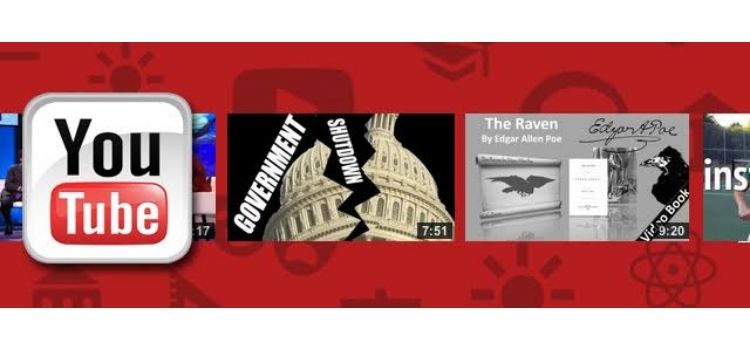
You may set and publicize a posting schedule for your videos later, if you’ve achieved popularity.
8. When posting videos, adhere to SEO guidelines
When you’re following #7, make sure you’re writing better titles, descriptions, and keywords by following SEO standards.
Use cards, end screens, and other YouTube features to direct your audience to other videos.
Don’t worry, you will have plenty of time to learn about YouTube and the resources it offers to help you succeed.
9. Keep an eye on the outcomes for at least four months
Once you’ve uploaded 100 videos to your educational YouTube channel, you’re done.
Wait and be patient, for success will not come immediately.
Before making a choice, wait at least three months.
If you follow all of the principles from number 1 to 7, your educational YouTube channel will expand significantly.
You can use these three months to learn something useful.
10. Invest four months in mastering SEO, marketing, and other related skills
It is very critical to understand SEO in the social sphere.

It will help you succeed in the web 3.0 era.
While you’re waiting for your 100th video to be published, learn about SEO.
Learn how to establish a website, blog, and other social media accounts.
This will be really beneficial to you.
11. Team up together with other YouTubers
Collaborations are videos created by several content providers.
This strategy is one of the most efficient strategies to grow your YouTube following.
Working with another video creator, whether you’re a company or a YouTuber (or both!), will expose your channel to those who would otherwise be unaware of it.
People are heavily affected by social proof.
Naturally, people believe what they see.
When one content provider collaborates with another, their audience interprets the collaboration as a recommendation.
It may only take a viewer a few seconds to check out your channel, and if they like what they see, you’ve gained a new subscriber.
12. Make sure your content is written in a language that will appeal to a broad audience
Remember to choose your target audience in step #2.
This audience can now be enlarged or lowered depending on the language used.
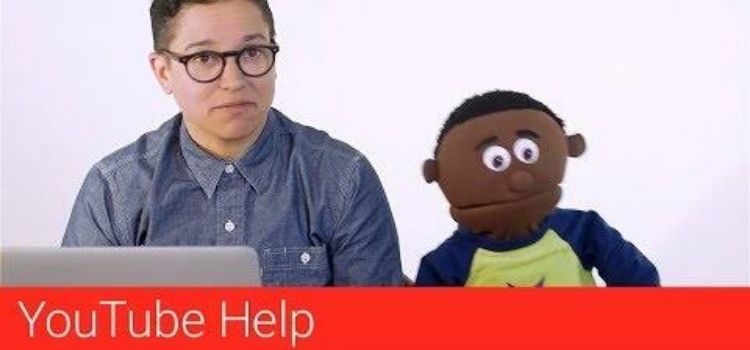
If you produce videos on mathematics for the IIT-JEE test in Hindi, you will reach a limited audience, but if you make the same content in English, you will reach a larger audience.
This might have a significant influence because your initial aim is to be successful.
You will quit creating videos if you are not successful, which is why I advocate making videos in a language with a huge audience.
13. Engage with your community
Now you’ve determined the target audience, goals, structure, and cadence for your channel.
Your content is chock-full of intriguing hooks, honesty, emotion, and tales.
You must transform your YouTube channel from a collection of content to a community.
Networking with your fellow YouTubers is one method to enhance the sense of community surrounding your channel.
Directly contact YouTubers you admire or join online communities to locate like-minded YouTubers.
Connecting with peers allows you to share best practices, avoid common pitfalls, and provide support to one another as you navigate the content creator path.
Creators in related fields can work together on projects or highlight each other on their channels.
This not only helps you to introduce viewers with similar interests to your channel, but it also allows you to enhance whatever trust or credibility you have earned with your audience through referrals from your peers.
Creating a successful educational YouTube channel
YouTube is a scary yet thrilling potential to take advantage of, with billions of viewers and hundreds of hours of video posted every minute.
We’ve discussed how to establish and grow a successful educational channel:
- Plan your channel with a particular aim and target audience in mind, set reasonable timetable constraints, and keep your video layout consistent.
- With a gripping hook and a compelling tale, you’ll stand out.
- To create trust and loyalty among your followers, set reasonable expectations and be open.
- Create a helpful and tight-knit community by interacting with your other content providers and your own audience.
- By carefully considering your objectives and target audience, as well as producing genuine, original content.

Conclusion
You must create YouTube content with your audience and the algorithm in mind if you want to build your YouTube channel.
Make sure your thumbnails catch the attention of readers and deliver on what you’ve promised.
Start your videos with a great hook and keep the information intriguing by editing it.
Overall, you want to create an experience that will entice people to continue watching.
Fortunately, increasing the number of clicks and keeping viewers engaged increases the exposure of your videos.
And, as a result of this, your channel is also exposed, according to the YouTube algorithm.
Interesting content that gets viewers to click and results in a long watch time and session length can help your videos get more views on YouTube.
Your chances are also improved by playlists, collaborations, series, and end screens.
Finally, I’ll suggest that if you follow these 13 guidelines, you’ll be successful.
I can assure you that your educational YouTube channel will be a success.
Follow Daniels Hustle and get more information on How to’s of online content.






